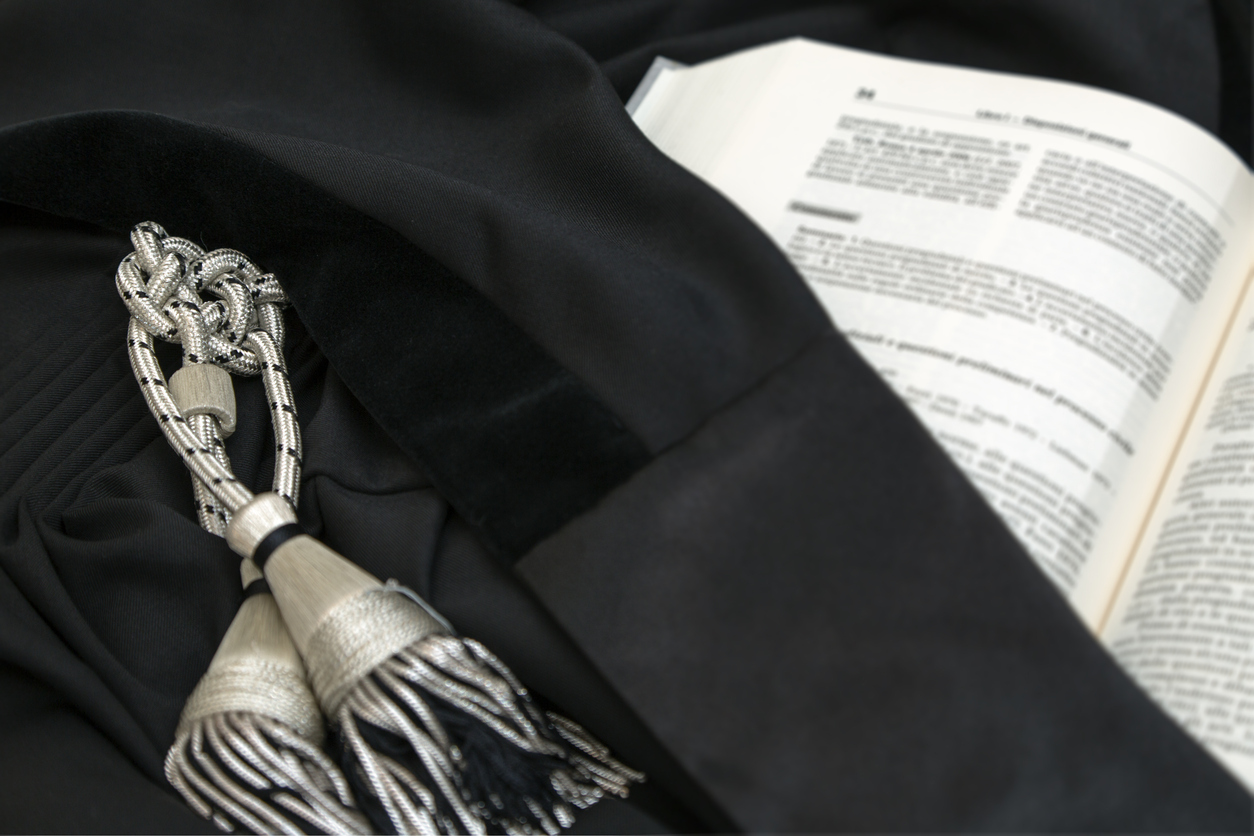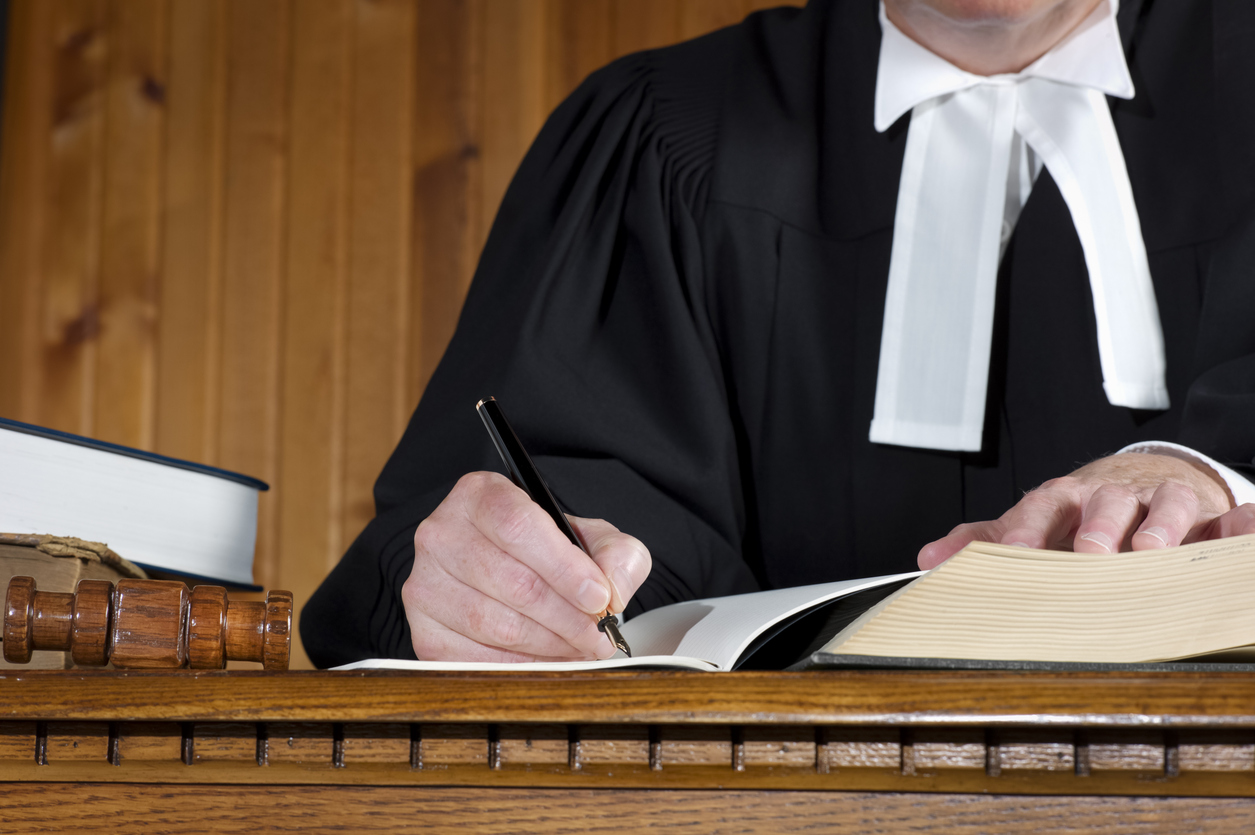Legal dress is not only steeped in tradition dating back from the 14th century – it is a symbol of professionalism and impartiality. As a Barrister or solicitor, it is important to dress appropriately, emphasising the seriousness of proceedings.
If you’re practising law in the United Kingdom, here is everything you need to know about the court dress code:
What is the history of courtroom wear?
We often associate the court dress code with black robes and wigs, however, barristers didn’t start wearing wigs in court until the 17th century. Wigs became popularised during the reign of King Charles II as they were worn as more of a fashion statement. As wearing wigs went out of fashion, wearing them in the court became more a symbol of authority and a mark of their profession.
The black robes that we see barristers wear today, date back from the 14th century when lawyers were part of the clergy and often wore clerical robes. Originally, clerical robes were coloured, but after the death of King Charles II, black robes were worn as a sign of mourning. The black robes remain to be worn today and are most commonly worn in criminal courts rather than civil courts.

What is formal lawyer attire?
Formal lawyer attire usually consists of a dark suit, preferably black, for men and a skirt or trouser suit for women. In some cases, particularly in criminal court, you will also need to wear:
- A black gown
- White winged-collar shirt with bands for men
- Round collared shirt with tab down the front for women
- A wig (this will depend on the type of court)
- Black shoes
Criminal cases are generally considered more serious, so a more restrained attire would be expected. In civil court, it may not be necessary to wear a gown and wig.
When does a gown and wig need to be worn?
Traditional courtroom wear of a wig and robe will depend on the type of court hearing you are attending. With a magistrate court, business attire will usually suffice.
Legal gowns and wigs are typically required during:
- Most trials, including crown court
- In cases of liberty
- Chancery Division of the High Court
- Family court
- Public examinations of bankrupts
- Call to the bar ceremonies
If unsure, you can find advice on the correct legal dress from the Bar Council or the Legal Services Committee.
 What are the different types of robes?
What are the different types of robes?
In the UK, the type of robe worn indicates the role and rank in the court.
The style of gown, its colour, and the use of a wig all depend on the type of court, the nature of the case, and the wearer’s role within the legal system.
Here’s a breakdown:
Judges’ court dress code
- High court judges wear red robes for criminal cases
- In civil cases, they wear the civil robe, which is partially black with red tabs at the neck of the gown, and usually no wig is worn
- During ceremonial occasions, a scarlet gown is worn
- Court of appeal judges wear a black silk gown and a short wig
- County court judges wear a black gown with a lilac edge and a short wig. When hearing criminal cases, circuit judges wear a red sash over the left shoulder.
Barristers and solicitors
- Wear a plain black gown with an open front, bell sleeves, court bands, collar and wig (in the crown court)
- Kings Counsel will wear a more elaborate gown made of silk, and they sometimes wear a waistcoat (bar jacket)
- Solicitors tend to wear business attire in court, but gowns are sometimes worn.
Why is formal lawyer attire important?
Legal dress is important because it maintains a link to centuries-old tradition.
- Represents equality and respect for the court
- Symbol of impartiality
- Helps distinguish lawyers from the public
- Emphasises the seriousness of the court of law
- Represents professionalism

Where can I purchase a robe?
At Evess, we can help you look the part. We sell Tailor de jure, beautifully crafted courtroom wear and accessories for courts and legal professionals worldwide.
If you need help finding your legal attire, don’t hesitate to get in touch with one of our dedicated team.
 What are the different types of robes?
What are the different types of robes?